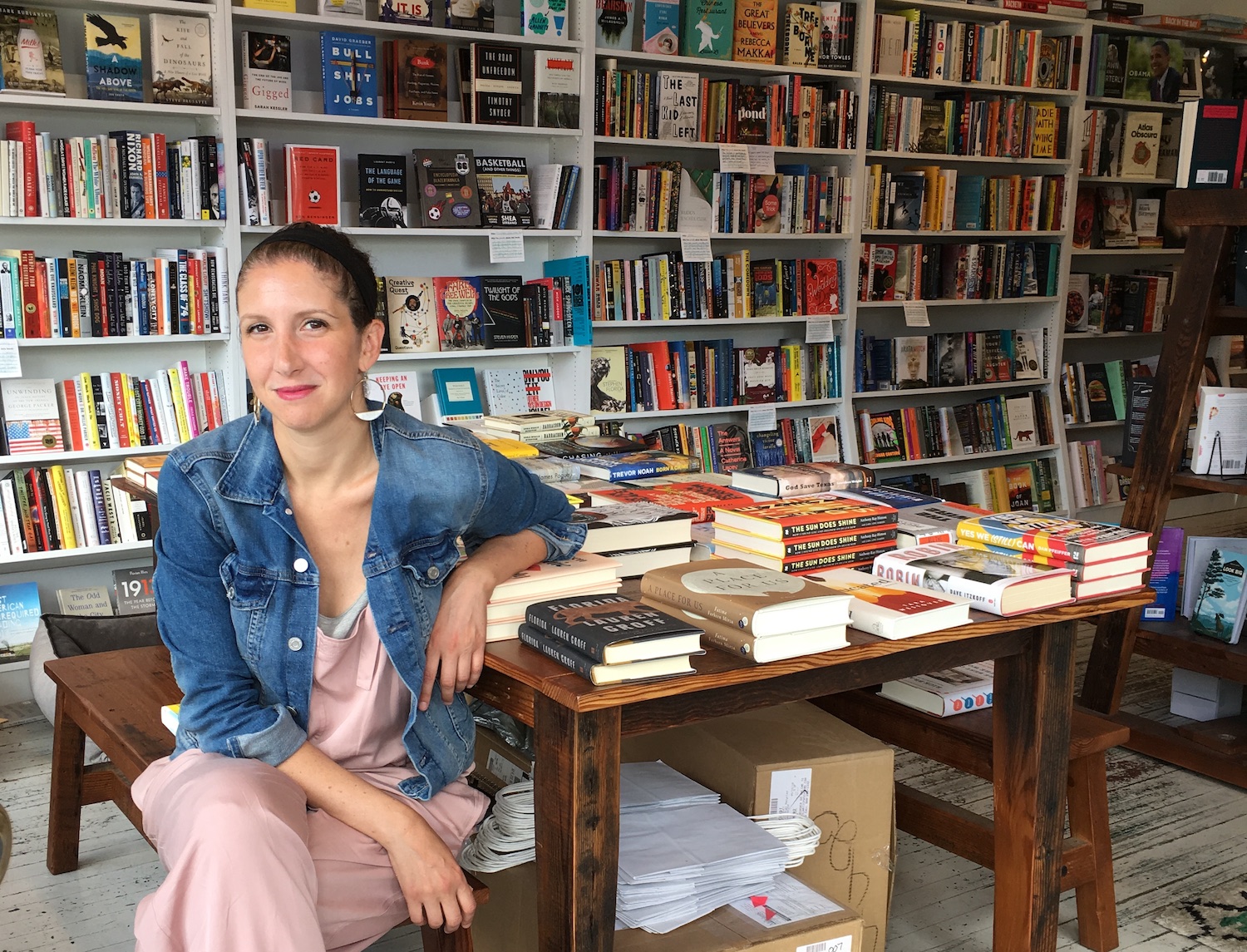A Review of Pure Raw, A Group Exhibition at Resort Baltimore by Ryan Syrell
Pure Raw is a dense show. It tasks itself primarily with the endlessly complicated nature of constructed/curated personas as they slide between spaces both virtual and actual. The works chart manifold modes of exchange between various forms of producers and consumers. While much of the work takes its cues from internet aesthetics and mechanisms, it doesn’t simply stay pinned down as a post-internet show.
There are eight artists in the space: Molly Soda, Maya Martinez, Pastiche Lumumba, James Bouché, Somnath Bhatt, Vijay Masharani, Markele Cullins, and Erika Hickle. This density seems essential—it’s crowded in here, but it’s effective. The works assembled by Alex Ebstein and Abbey Parrish are notable for the highly divergent ways in which they address the nature of public and private selves. Much of what is exciting about Pure Raw is the difference and dissonance generated by so many narratives of selves as they assert, recede, overlap, intersect, and diverge while moving through the space.
 Still from “You Can’t Turn Away,” Vijay Masharani
Still from “You Can’t Turn Away,” Vijay Masharani
Among the works that directly address the nature of identity amid the crisis of information saturation is Masharani’s “You Can’t Turn Away.” This short video loops between a few brief scenes, some 3D rendered, some shot with video, two of which appear to depict figures in the throes of a seizure. The quiet and uncanny image of a 3D rendered neon-light figure shifting back and forth between what looks to be the tonic and clonic phases of an epileptic seizure is one of the more poetic and enigmatic points of the show.
 “Curf,” Pastiche Lumumba
“Curf,” Pastiche Lumumba
Immediately adjacent from Masharani’s rendered neon is Lumumba’s actual, physical neon light, “Curf.” This piece sets up a number of complicated relationships. The word itself (alternatively spelled kerf) is probably most familiar to woodworkers; it’s the name given to the narrow band of material lost in the process of division—it is what becomes sawdust when a cut is made.
Lumumba has stated that this particular work plays on the disjunction between the life of graffiti as enacted in the world and its parallel life in the space of a gallery. (With it’s glowing assertion of a gap, it shares a lineage with Douglas Boatwright’s charcoal dust-filled floor fissure work Yes, or Fuseline). Situated as it is in Pure Raw, “Curf” reinforces further ideas of splits and divisions within and between many of the other pieces. This neon became the key to my read of most of the show.
 “From Ghosts I, II, III, IV,” James Bouché
“From Ghosts I, II, III, IV,” James Bouché
The notion of curf brings into focus the gaps and fissures which occur in any form of communication. In a show this dense with narrative trajectories and a multiplicity of selves/ others, the play of disjunctions and slips became one of many threads that can be traced through the works.
There are gaps which can’t be permanently and truly spanned or joined because they were created through acts of violence of a sort that obliterates what was once unified, and this can occur at any scale. Viewed in this way, nearly all of the works in Pure Raw could become meditations on the myth or limits of empathy. There is no modification or translation without some form of loss; there is no neutral, and every shift of context results in both the birth and destruction of meanings. Many of us are ever more aware of (and actively involved in) the facade of curated selves, and the psychological disruption that comes with that territory.
 Still from “Technological Closet,” Markele Cullins
Still from “Technological Closet,” Markele Cullins
Notions about the questionable nature of empathy and the possibility of understanding and communication showed up again near the end of Martinez’ poem: “I wet my already sweaty finger with my spit and draw a heart around my reflection in the window u / giggle at me and do the same / where our hearts intersect u do not notice but i make a note / u ruined my heart!” It’s the hinge of the poem, where the internal nature of one another’s intentions rests right on the surface, showing up as dissonant and out of step.
To end this poem (which had up till now seemed to be filled with images of beautiful, intimate, and mundane shared experiences) on the note of ruin casts everything that comes before it into a different light. To re-read it, it becomes a catalogue of identity: “ur fake wood shelves.” “your soap is pink and misshapen,” “my upper lip tasting salty,” etc. It’s an index in extreme close-up of what’s yours and what’s mine.
At several moments in the poem these two identities overlap seamlessly: “ur hair is beautiful and bleached in clusters / my hair is beautiful and bleached in clusters” and “our nailpolish is chipped.” But, when the self-inscribed heart-frame is encroached upon and broken by a second heart it essentially reproduces a Venn diagram that is also what the whole poem has been getting at: despite enormous quantities of shared and similar experience, there will always be the nagging awareness of what is simply and absolutely unknowable within another.
 Molly Soda and Maya Martinez
Molly Soda and Maya Martinez
Top Image: Untitled, Erika Hickle






